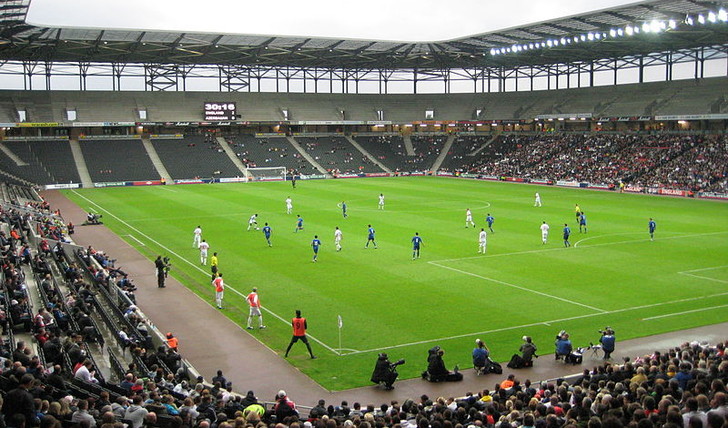
Football is a game about traditions and the old-fashioned nature of things. It is a slow moving and ponderous sport that takes time to adjust to modern thinking. That’s why the authorities have always been so reluctant to introduce things like technology into the game.
It’s also why clubs are so proud of their heritage, celebrating centenaries and boasting about helping to found the Football League.
Yet the game is also one that is constantly expanding and developing. Despite the reluctance of the authorities to keep with the times, clubs are still formed every now and then because there’s a demand for them from supporters.
Elsewhere on the site we’ve written about the oldest clubs in the football league, but what about the newest ones? How new is ‘new’ when compared to other clubs? We’ve had a look.
Youngest Clubs In The Football League
| Team | Year Founded | League | Stadium |
|---|---|---|---|
| MK Dons | 2004 | League Two | Stadium mk |
| AFC Wimbledon | 2002 | League Two | Plough Lane |
| Dagenham & Redbridge | 1992 | National League | Victoria Road |
| Stevenage | 1976 | League One | Broadhall Way |
| Accrington Stanley | 1968 | League Two | Crown Ground |
| Burton Albion | 1950 | League One | Pirelli Stadium |
| Salford City FC | 1940 | League Two | Peninsula Stadium (Moor Lane) |
| Colchester United | 1937 | League Two | Community Stadium |
| Peterborough United | 1934 | League One | Weston Homes London Road |
| Wigan Athletic | 1932 | League One | DW Stadium |
When talking about new clubs it’s important to remember that there’s a distinction between any newly formed team and ones that are in the Football League.
It’s harder to climb the ladder to being one of the 92 sides in top four divisions in England.
In this section we’re looking at those sides specifically.
Number Ten: Morecambe (1920)
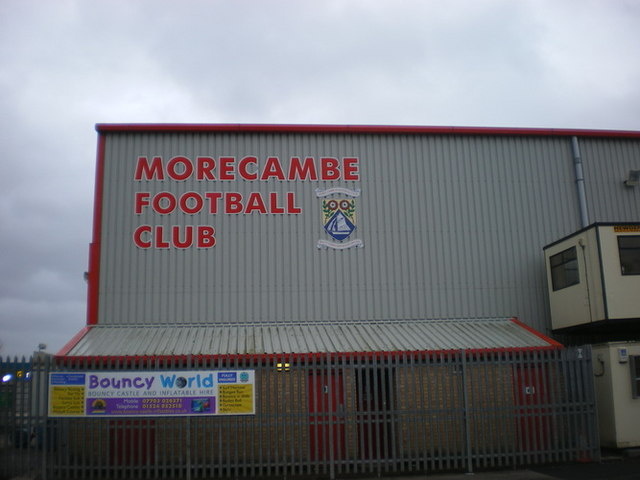
Football had been played in Morecambe since the turn of the 20th century, though it took twenty years before anyone thought to form a club there. It happened after a meeting at the West View Hotel in the town and to begin with the club shared the same Wood Hill Lane facilities as the cricket club. Despite being relatively popular it took a number of years for Morecambe to gain some success. They didn’t make it into the Football League for the first time until 2007, for example.
Number Nine: Rotherham United (1925)
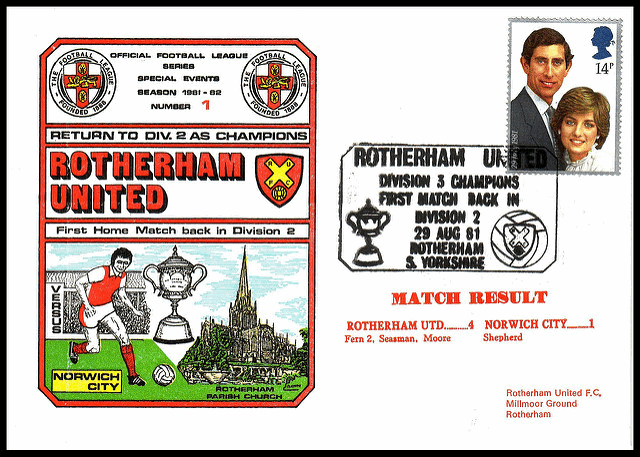
Some will have you believe that Rotherham United was formed earlier than their 1925 date suggests. That’s because the club was actually the product of a merger between two teams based in the town. Rotherham County dated back to 1870 (as Thornhill Football Club) and Rotherham Town to 1899. Though Rotherham is a large town it’s still only a town and two clubs existing there was never going to last. Talks of a merger started in February of 1925 and by May it was official.
Number Eight: Wigan Athletic (1932)
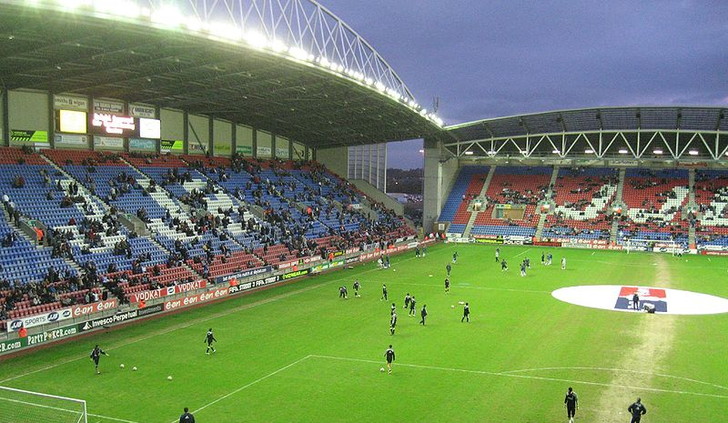
There had been a football club in the town of Wigan pretty much since the formation of the Football Association, with the first being Wigan AFC and followed by Wigan County, Wigan United, Wigan Town and Wigan Borough. When the latter was wound up in 1931 there was a cry for a new team to be created and it materialised in the form of Wigan Athletic. They’ve achieved some notable successes over the years; climbing as high as the Premier League, finishing as runners-up in the League Cup and winning the FA Cup in 2013.
Number Seven: Peterborough United (1934)

Based in Cambridgeshire, Peterborough United was formed in 1934. Two years earlier Peterborough & Fletton United had been wound up, having been in existence since 1923, and it left a hole that needed to be filled. After a meeting at the local Angel Hotel the decision to create Peterborough United was made. They maintain some links to their previous life even today, with the club’s nickname of ‘The Posh’ dating back to 1921 when the manager of Fletton United, Pat Tirrell, told the press he wanted ‘posh players for a posh new team’.
Number Six: Colchester United (1937)
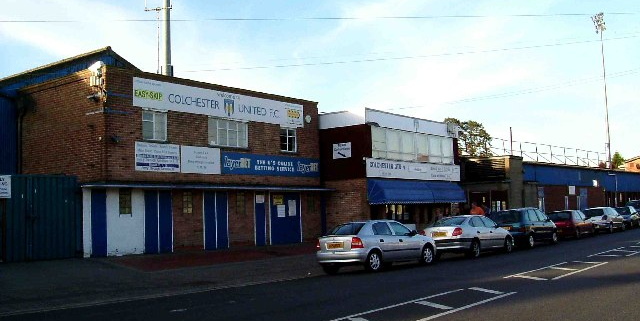
The story of Colchester United’s formation is a genuinely interesting one. The Essex town had a football club by the name of Colchester Town that had been in existence since 1873. The amateur side didn’t perform well on a regular enough basis to mean that its fans were satisfied, however, so they wanted the club to turn professional. The club’s officials didn’t agree and so a new club was formed that would be professional from the get-go: Colchester United. In December of 1937 United signed most of Town’s players into its reserve team and the amateur club promptly folded.
Number Five: Burton Albion (1950)
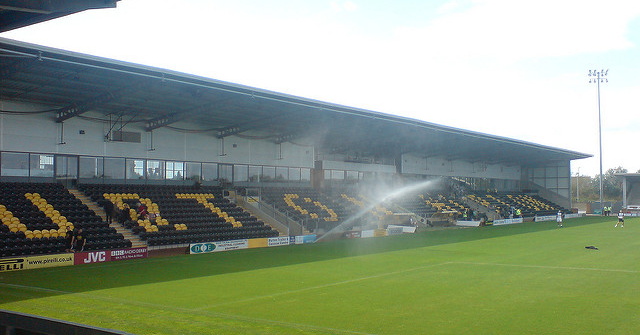
Burton Albion boast the unusual honour in this list of being a club formed merely for the sake of the town having a football club, rather than because two teams were merged or one had been wound up and needed to be replaced. The decision was reached at a meeting in the Town Hall and ‘Albion’ was chosen as the name. Though at one point three different teams had existed there, namely Burton Wanderers, Burton Swifts and Burton United, there hadn’t been a team playing the sport in the town for a decade by 1950. The Brewers, so called because of Burton’s link to the trade, gained promotion to the Football League for the first time in 2009.
Number Four: Accrington Stanley (1968)
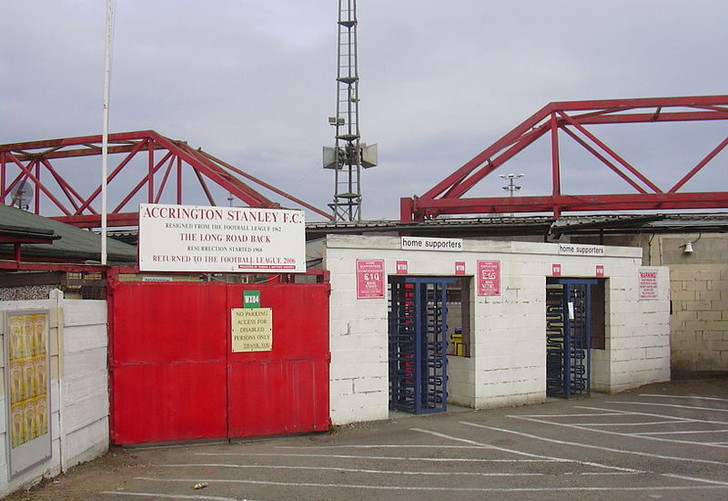
This is one of those instances where it’s debatable when exactly the club was formed. There had been a side named Accrington Stanley in existence from from 1891 until it was liquidated in 1966, after all. It was entirely wound up in 1966 and no club existed in the town for the two years that followed. It was a gentleman named Stanley Wotherington who chose to revive the club in 1968 and it achieved major notoriety in the 1980s when its name was used in a milk advert featuring Ian Rush. Accrington Stanley, who are they? Exactly.
Number Three: Stevenage (1976)
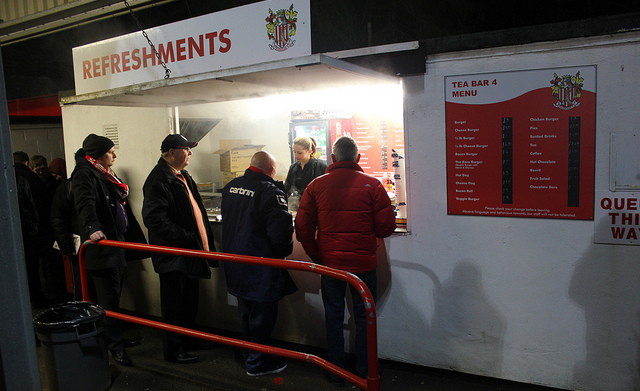
Stevenage is another example of a side formed on the back of a dissolved former club in the town. Stevenage Athletic was founded in 1968 but lasted just eight years before being declared bankrupt. The replacement club was named Stevenage Borough and stuck with that name until 2010 when they decided to drop the ‘Borough’. That decision coincided with their first ever season in the Football League, though it was a largely coincidental choice. Life began slightly less auspiciously when the council sold the football pitch to a business who dug a trench in the middle of it to ensure no games could be played there. Charming.
Number Two: AFC Wimbledon (2002)
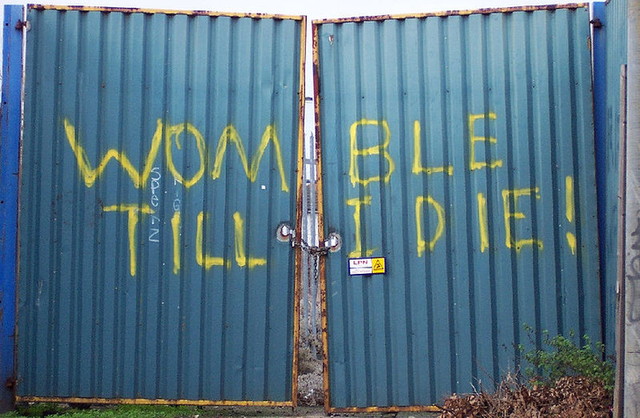
The top two teams on the list are actually related. In May of 2002 a decision was made to allow Wimbledon Football Club to move to Milton Keynes in order to avoid the club going bankrupt. This decision annoyed the traditional fanbase who almost completely deserted the club. Some supporters met in a pub named The Fox and Grapes to discuss what should happen. A suggestion was made at a Wimbledon Independent Supporters’ Association meeting to form a new community based club called AFC Wimbledon. It started in non-league, as new clubs do, and in 2011 gained promotion to the Football League.
Number One: Milton Keynes Dons (2004)

The move of Wimbledon FC to Milton Keynes was a controversial one, hence the founding of AFC Wimbledon. One of the biggest problems that the club faced was that there was no stadium in Milton Keynes, meaning one had to be built in order for it to comply with Football League rules. They went into administration in the intervening time and were threatened with liquidation, so to begin with they played their matches at the National Hockey Stadium. The club changed its name, kit colours and badge in 2004 and that is why many consider MK Dons to have been founded in that year and no longer be associated with the original Wimbledon
Protest Clubs
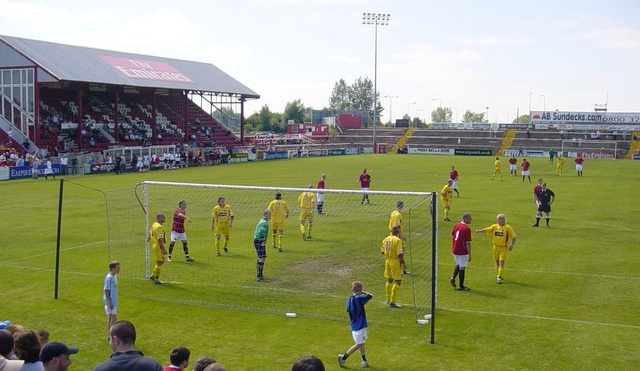
AFC Wimbledon isn’t the only example of a club that grew out of a protest against what was happening in the game. Depending on how strict you’re being regarding the idea of a football team being formed in ‘protest’ there are actually some big names on the list.
Here are some of the more prominent examples:
F.C. United of Manchester (2005)
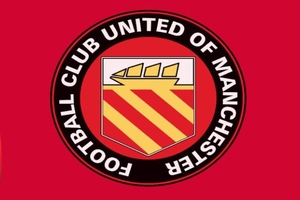 When Malcolm Glazer completed his takeover of Manchester United in 2005 not everyone was happy. The American businessman reportedly used the club’s own money to make the purchase and plunged them into debt. As a consequence some disaffected United fans met at the Central Methodist Hall in the Northern Quarter of the city and then at the Apollo Theatre and decided to form a new team.
When Malcolm Glazer completed his takeover of Manchester United in 2005 not everyone was happy. The American businessman reportedly used the club’s own money to make the purchase and plunged them into debt. As a consequence some disaffected United fans met at the Central Methodist Hall in the Northern Quarter of the city and then at the Apollo Theatre and decided to form a new team.
Initially they put forward the name “FC United” to the Football Association but that was rejected because of its generic nature. In the end the added the ‘of Manchester’, which was accepted, and the club was formed.
A.F.C. Liverpool (2008)
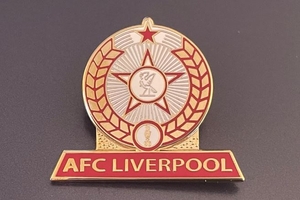 Much as Manchester United fans were unhappy with their club being owned by an American businessman, so some Liverpool fans were left feeling that their club didn’t represent them when it was bought by Tom Hicks and George Gillett and they were priced out of going to matches.
Much as Manchester United fans were unhappy with their club being owned by an American businessman, so some Liverpool fans were left feeling that their club didn’t represent them when it was bought by Tom Hicks and George Gillett and they were priced out of going to matches.
It is run as a not-for-profit business and on a system whereby each member gets a vote regarding the club’s decisions. They’re not to be mistaken with City of Liverpool FC who were formed in 2015 and play in purple, a mix of Liverpool’s red and Everton’s blue.
Borussia Dortmund (1909)
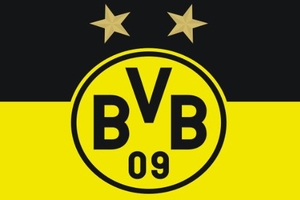 Here’s where this list gets a little bit tenuous depending on how strict a ‘protest’ you want a club’s formation to be. It also involves us leaving British shores, but given the high-profile nature of the club in question that seems acceptable.
Here’s where this list gets a little bit tenuous depending on how strict a ‘protest’ you want a club’s formation to be. It also involves us leaving British shores, but given the high-profile nature of the club in question that seems acceptable.
Borussia Dortmund was actually formed by a group of youngsters who had been playing for the football team of Trinity Youth church but were unhappy with the stern and cruel nature of the local priest, Father Dewald, who was in charge of them. We’re willing to bet that they had the last laugh.
FC Bayern Munich (1900)
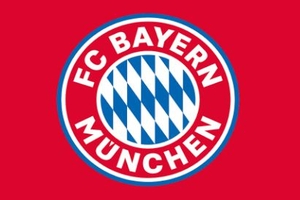 Another high-profile side from Europe, Bayern Munich is now one of the most successful teams in the world. It was formed on the back of a decision by MTV 1879, a Munich gymnastics club, to refuse to allow footballers in the club to join the German Football Association.
Another high-profile side from Europe, Bayern Munich is now one of the most successful teams in the world. It was formed on the back of a decision by MTV 1879, a Munich gymnastics club, to refuse to allow footballers in the club to join the German Football Association.
Their love of football trumped their desire to do any gymnastics work and so they left and created Fußball-Club Bayern München. Within months they’d beaten plenty of local teams, including a 15-0 win over a side called FC Nordstern. From there a legend was born.
Inter Milan (1908)
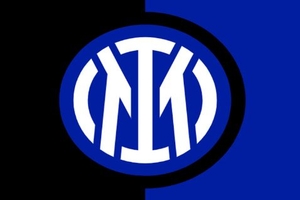 The final team we’re going to tell you about is F.C. Internazionale Milano, better known as Inter Milan. It was formed in 1908 as a reaction to Milan Cricket and Football Club’s refusal to allow foreign players to play for them.
The final team we’re going to tell you about is F.C. Internazionale Milano, better known as Inter Milan. It was formed in 1908 as a reaction to Milan Cricket and Football Club’s refusal to allow foreign players to play for them.
When the club launched it made a statement saying, “Si chiamerà Internazionale, perchè noi siamo fratelli del mondo”. Translated that means, “It (meaning the club) shall be called International, because we are brothers of the world”. Milan Cricket and Football Club changed their name to AC Milan, so things worked out pretty well for both teams in the end.
The Football League
We’ve written elsewhere about the founding members of the Football League, but there’s something we should point out at this point. Originally football clubs had to apply to join the Football League. As it expanded and developed and the non-league system became more all-compassing teams could gain promotion into it and be relegated out of it. That’s how a team can progress from being formed, even as a protest club such as AFC Wimbledon, and enter into it over time.
